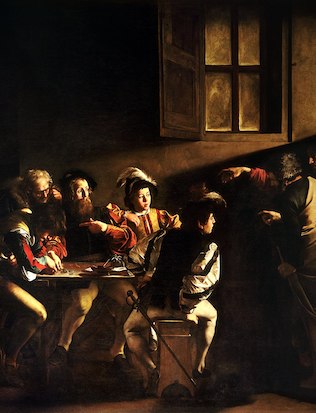I think of my favourite works of art as friends, of a kind. With some, those in the National Gallery for instance, I remain regularly in touch: George Stubbs' Whistlejacket must have flared his nostrils at me at least a dozen times this year. In the case of others, such as Pontormo's Visitation, in the church of San Michele in Carmignano, a little town west of Florence, or Velazquez's portrait of Juan de Pareja, in the Metropolitan Museum of Art, New York, I have to content myself with a more long-distance type of relationship. I see them once in a while, and perhaps for that reason I am a bit more likely to be surprised by them, finding things in them I hadn't found before.
When I do discover something new to me in a painting, it can transform my conception of it: it is as if someone I thought I had known for most of my life turned out, in fact, to be someone quite different, or to have sides to their personality I had never suspected. The effects of what we know on how we see was the subject of John Berger's inspiring television essays for the BBC, Ways of Seeing. The series was broadcast back in 1972, when I was a schoolboy, but I still remember one striking sequences as vividly as if I'd seen it yesterday. First Berger invited us, his audience, to consider a painting by Van Gogh: Wheatfield with Crows. A picture of nothing much, it seemed to me, although one painted with an arresting degree of urgency: some channels of windblown wheat, above which hovered two dark shapes, the birds of the title, abbreviated to squiggles in a troubled sky. But then Berger invited us to look at the same picture again,...


